Getting a dog feels exciting… until reality hits. Constant barking, chewing, and potty training gone wrong can make you question everything.
But guess what? Not all dogs are that tough. Some breeds are naturally easygoing and quick to learn. They don’t need long training sessions or tons of activity. They’re friendly, calm, and just happy to be part of the family.
For first-time dog owners, that’s a lifesaver. You want a companion, not a full-time project. These breeds adjust quickly, behave better, and bring peace instead of chaos.
Whether you live in a city apartment or a big home, there’s a dog that will fit your pace. If you’ve been dreaming of a pet without the stress, this list is for you. Let’s find you the easiest, most lovable furry friend to bring home.
Easiest Dog Breeds
1. Rottweiler
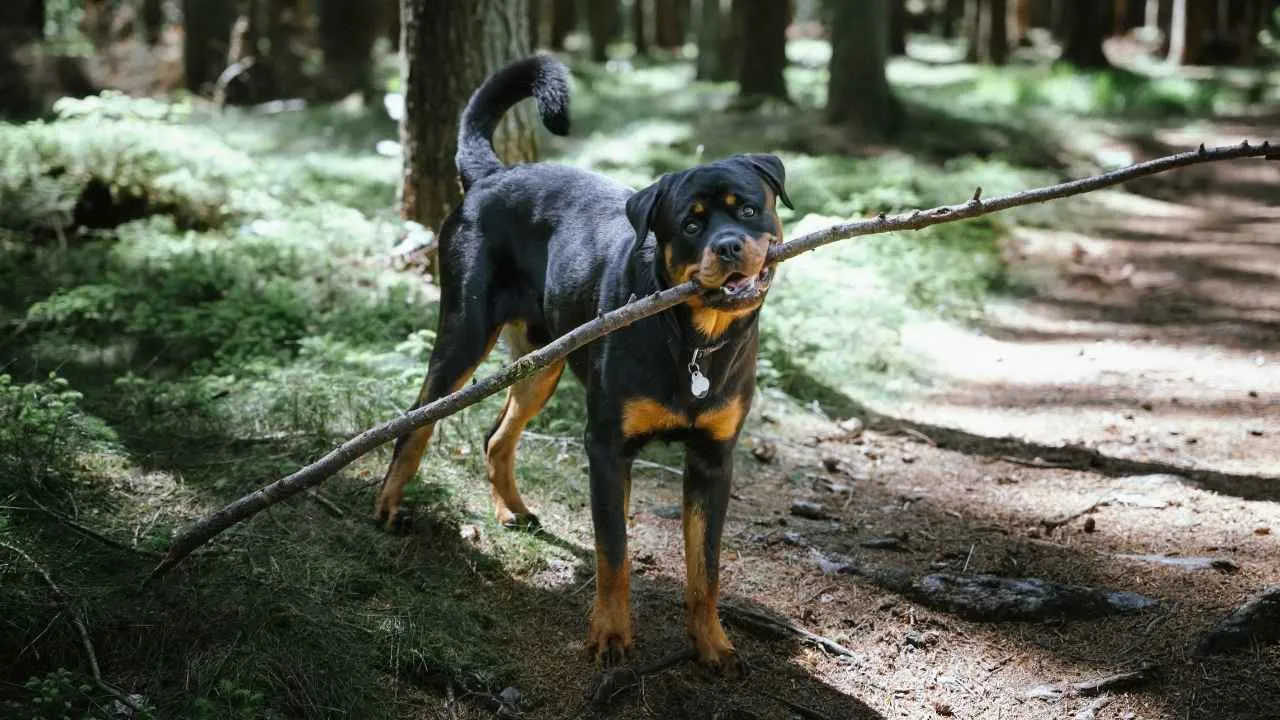
Despite their size and reputation, Rottweilers are actually quite easygoing at home. They’re calm by nature, not hyper or destructive when their energy is managed well. With clear boundaries and routine, they slip into daily life with minimal drama.
Smart and quick to catch on
Rottweilers are sharp thinkers, and that makes dog training much more straightforward, as mentioned in the AKC.
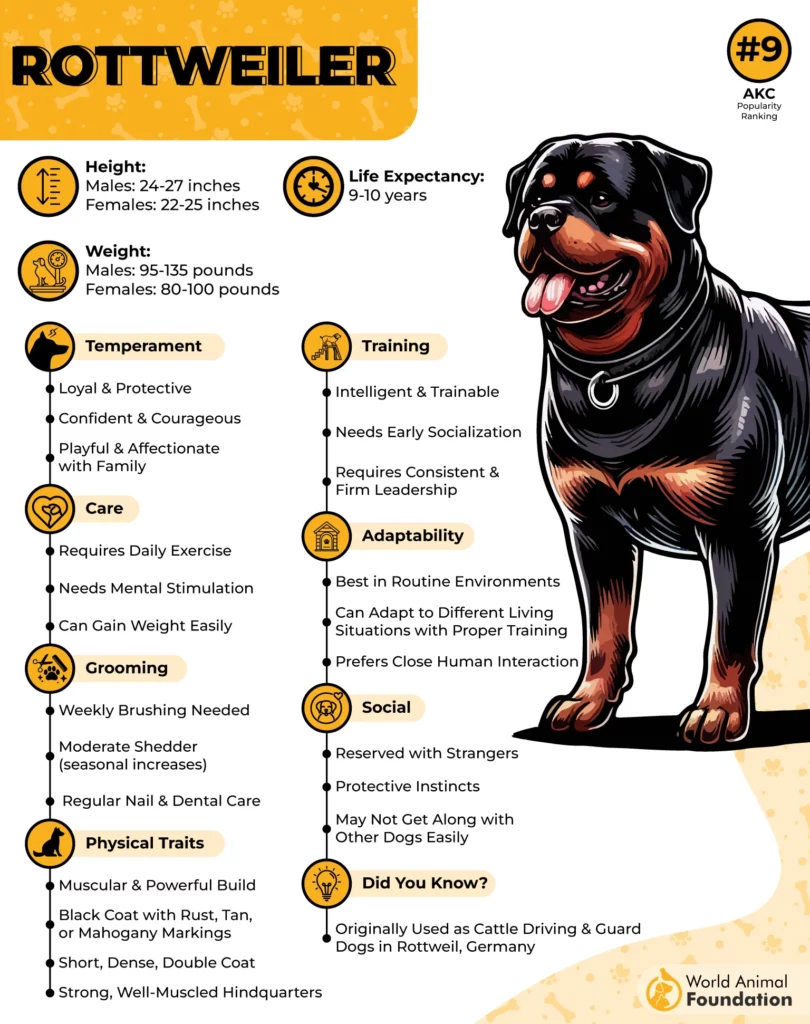
They pick up commands fast and often remember them better than most breeds. Consistency is what really matters here. Mental stimulation works wonders in keeping them grounded and responsive.
Not just for experienced handlers
While they look intimidating, Rottweilers are not always a great match even for first-time pet owners, as long as they’re ready to be clear, fair, and confident leaders. When raised with the right structure, they form deep bonds and show quiet loyalty without being overly clingy.
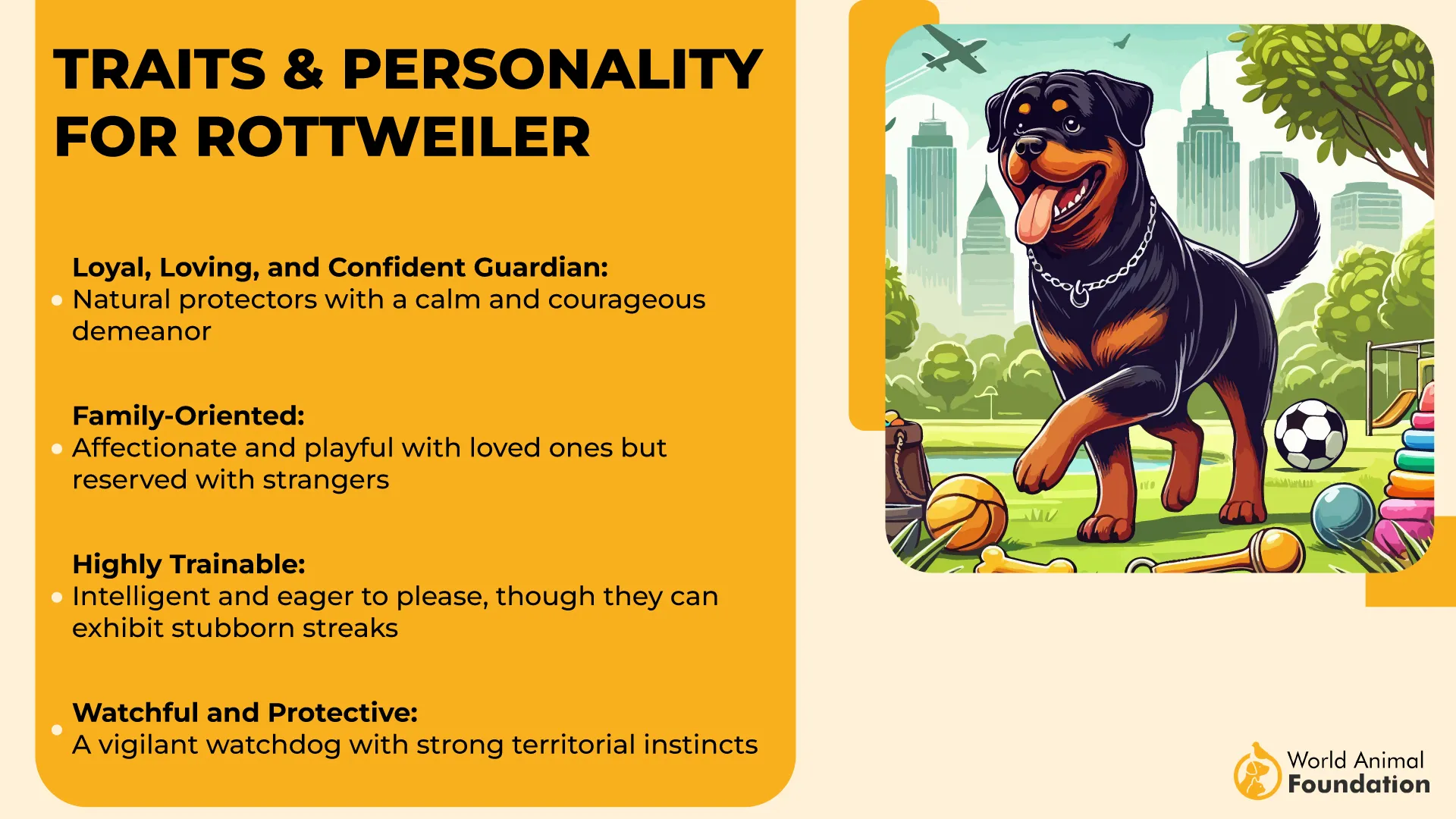
Low maintenance in surprising ways
They have a short, dense coat that only needs occasional brushing, and they’re not known for barking nonstop or being picky eaters. For pet owners who want a dog that’s both sturdy and emotionally stable, the Rottweiler is often easier to live with than its image suggests.
2. Belgian Malinois
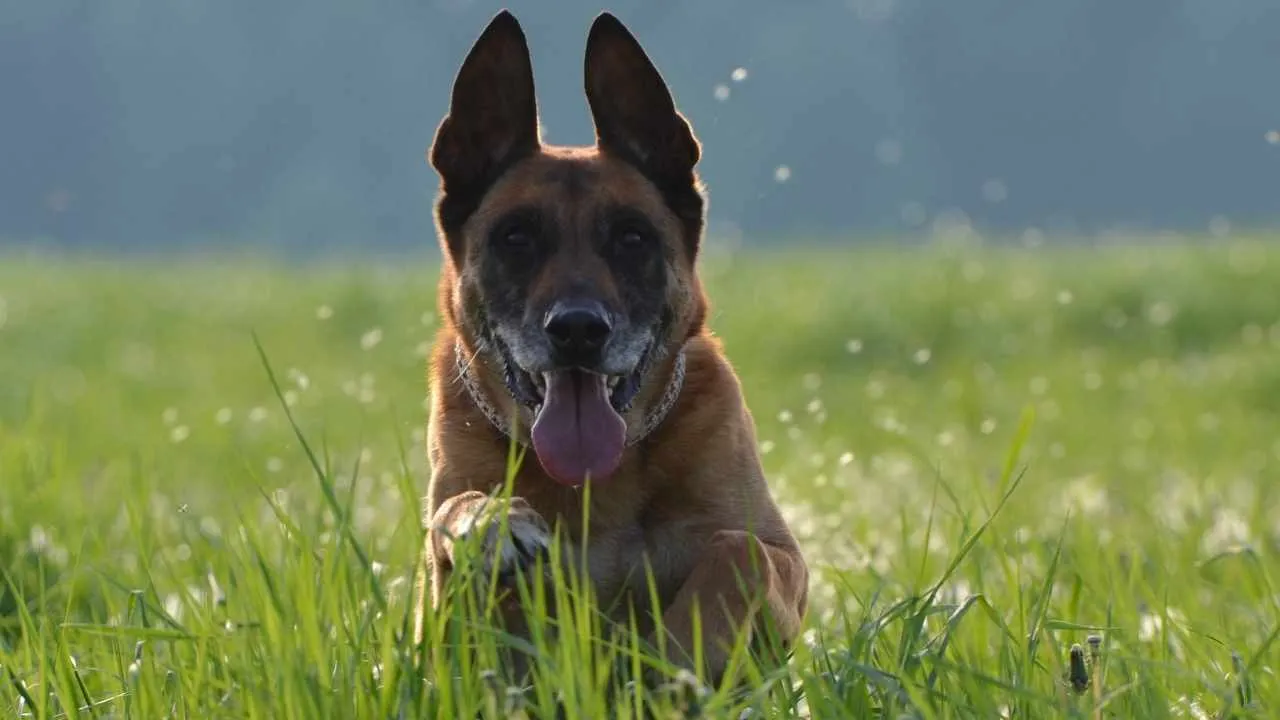
The Belgian Malinois isn’t just sharp—it’s one of the quickest learners among working dogs. Their alertness and eagerness to respond make training almost feel like a game. But they do best when there’s structure; they need clear mental tasks to stay focused.
An active breed built for purpose
This is a high-energy dog that thrives on movement. A walk around the block won’t do—these dogs love agility drills, scent games, and anything that mimics real work. Without enough to do, boredom sets in fast, which can lead to restlessness or chewing.
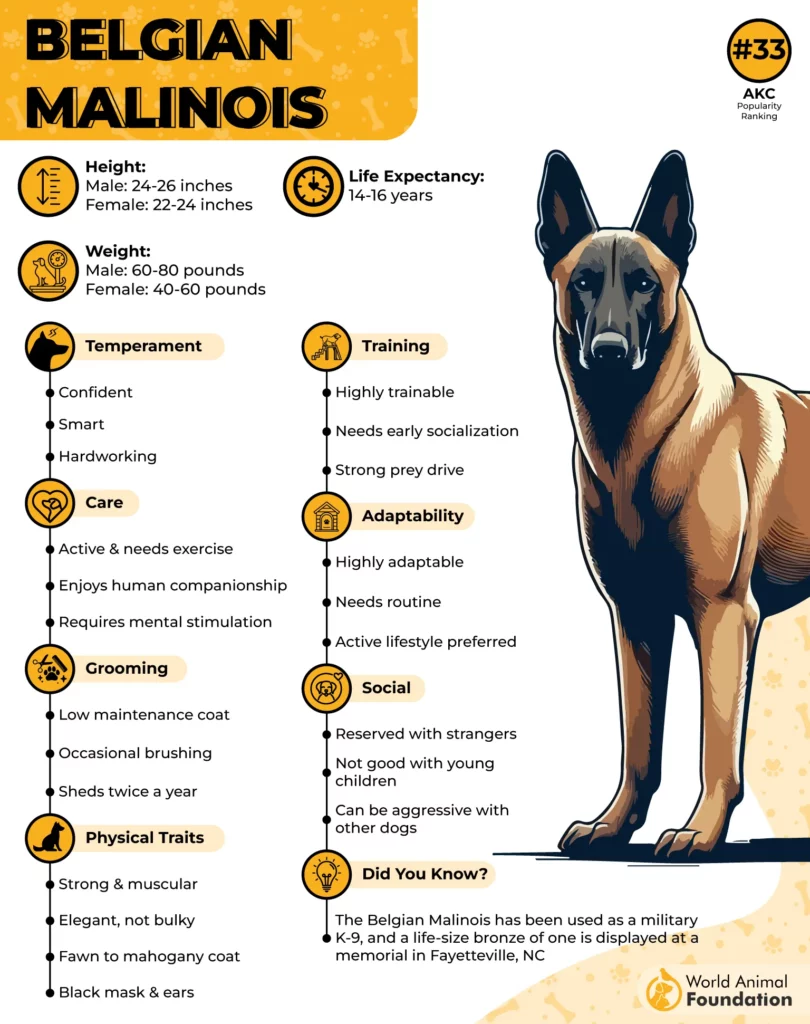
Surprisingly cooperative when understood
While many breeds tend to be stubborn when they’re energetic, the Malinois is different. Their loyalty and drive mean they often aim to please. Once they understand what’s expected, they’re eager to follow through and even anticipate their handler’s next move.
Not just for professionals
Though popular with the military and police, these aren’t dogs reserved only for elite handlers, as stated in Britannica. With consistent guidance and early socialization, they can be the best dog for highly active households ready to match their tempo and intelligence.
3. Boxer
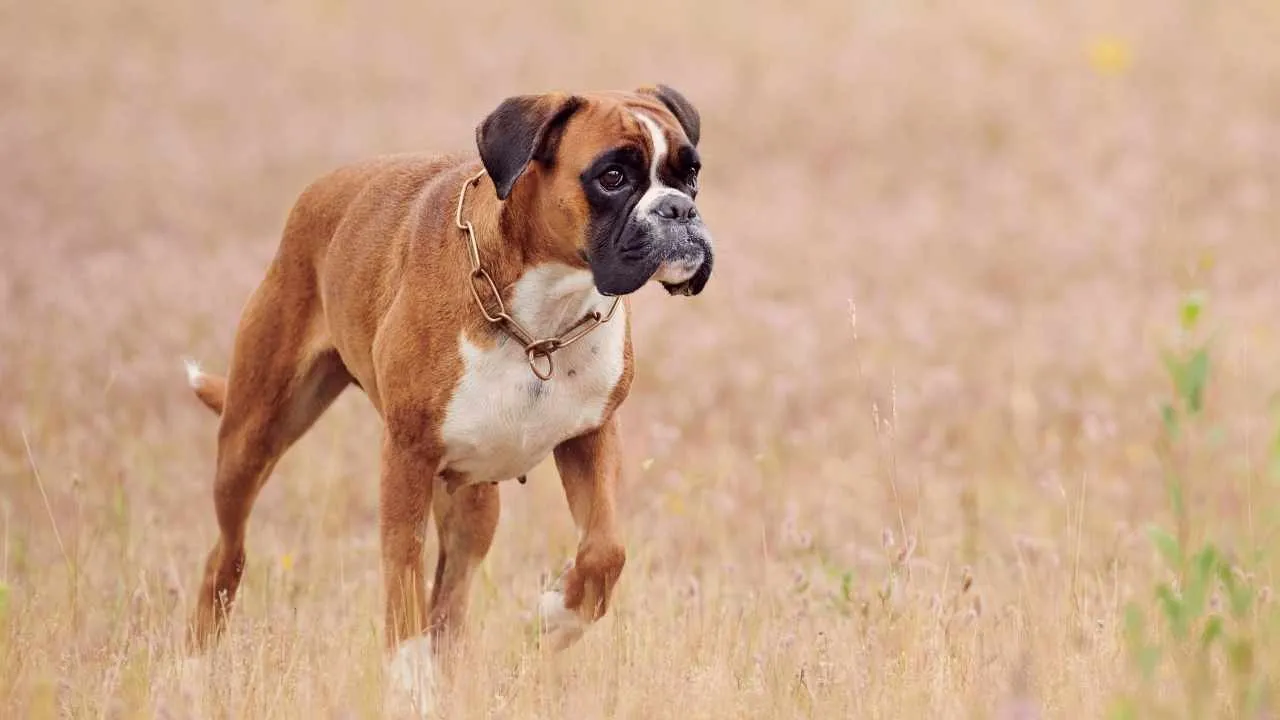
Boxers are the kind of dogs that make things easy for pet parents. They’re playful, naturally social, and quickly pick up on routines. Their energetic nature never comes across as chaotic—they just want to be part of whatever you’re doing.
Smart with a silly streak
They may look tough, but Boxers are highly intelligent and emotionally in tune. They catch on fast during training, especially when sessions are interactive. Positive reinforcement works best, especially when you mix in a little fun and movement.
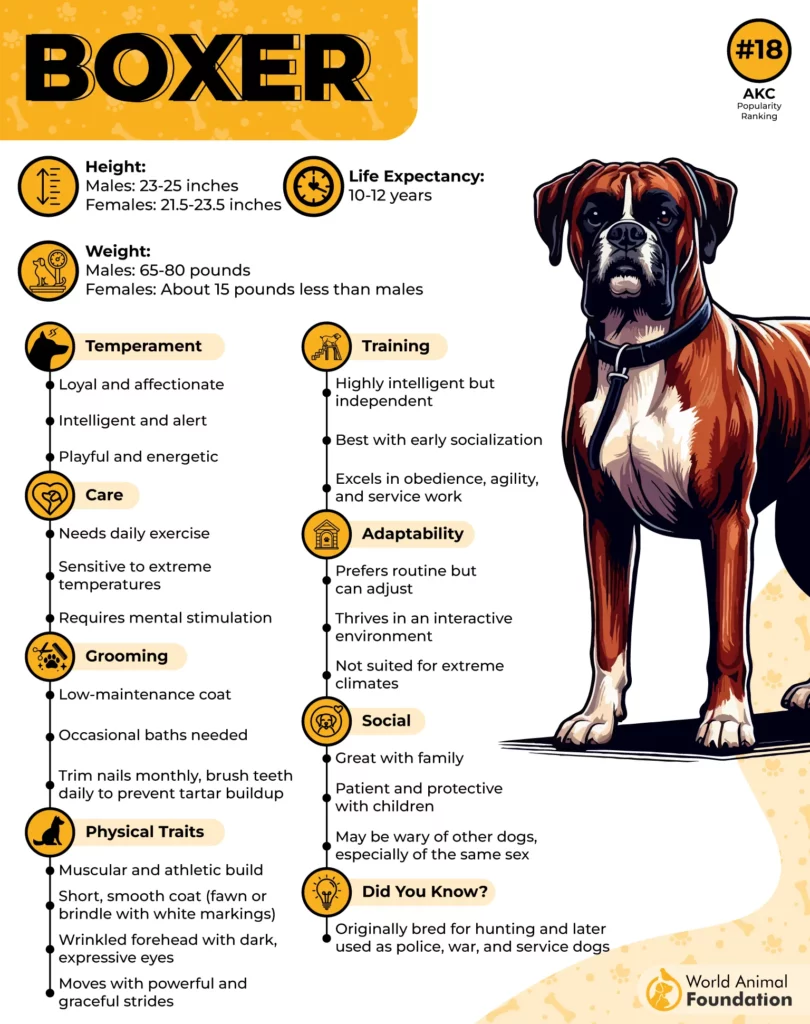
No high-maintenance routines
Thanks to their short coat, Boxers fall into the category of dogs with minimal grooming needs, as mentioned in PetMD. A quick weekly brushing, occasional bath, and nail trims are usually enough to keep them clean and comfortable. No elaborate grooming schedules required.
Adaptable, even for busy households
Among certain breeds that do well in lively homes, Boxers stand out for their ability to adjust. Whether it’s playing with kids or lounging after a walk, they’re as relaxed indoors as they are active outside, making them ideal for families who want a companion that’s both fun and easygoing.
4. Doberman Pinscher
Dobermans have a reputation for being fierce, but what often gets overlooked is how incredibly trainable they are. Their sharp mind and ability to retain commands quickly make them one of the easiest breeds to train, especially when paired with structure and consistency.
Wants to get it right
This is a dog that’s truly eager to please. Dobermans thrive when given tasks and respond best to owners who lead with clarity. Their loyalty translates directly into good behavior, especially when routines are in place early on.

Low-fuss for active lifestyles
For busy owners, Dobermans strike the perfect balance. They’re not clingy, but they do like to stay close and be involved. As long as they’re mentally and physically engaged, they don’t demand much beyond companionship and purpose.
Built-in discipline
Compared to many other breeds, Dobermans have a natural sense of control and alertness, as quoted in Dobermann. They don’t need repeated corrections or constant monitoring. Once trained, they operate with an almost intuitive understanding of what’s expected.
5. Standard Poodle
Standard Poodles are often underestimated because of their elegant looks, but they’re one of the smartest breeds you’ll come across. A truly smart dog, they can pick up new commands in just a few repetitions—ideal for anyone looking for a smooth training experience without repeating the basics endlessly.
Polished without effort
These dogs are naturally well-mannered, especially in home settings. They don’t test boundaries the way many energetic breeds do. With consistent guidance, they settle into routines quickly and know how to behave around guests, furniture, and shared spaces.
A good match for households
Despite their graceful posture, they’re incredibly adaptable. They get along well with other pets, including cats and smaller dogs, and aren’t territorial or possessive. Their even temperament also makes them a calm presence for both solo dwellers and families.
Routine keeps them grounded
Standard Poodles don’t need extreme activity, but they do require stimulation. A couple of daily walks and a bit of play or puzzle time indoors are usually enough to keep them satisfied and engaged. They’re a classic example of a companion dog that thrives on balanced interaction.
6. German Shepherd
German Shepherds are known for quickly identifying patterns and routines. What sets them apart is their ability to follow multi-step commands without needing constant reinforcement. Whether it’s structured commands or casual household rules, they pick up on expectations faster than most breeds.
Strong work ethic from day one
Bred originally for herding and protection, German Shepherds are genetically wired to respond to leadership. This means even as puppies, they naturally seek structure and purpose, making them far less likely to engage in stubborn or chaotic behavior.
Balance of energy and control
Unlike many high-energy breeds that are hard to manage indoors, German Shepherds self-regulate well when exercised properly. A focused 30-45 minute session—whether it’s a game of fetch or task-based drills—keeps them satisfied without over-stimulation.
Emotionally in sync with owners
These dogs are intuitive. They pick up on emotional cues and body language, which means they often adjust their behavior based on your mood and tone. This emotional attunement reduces friction in training and daily interaction, especially in busy households.
7. Golden Retriever
Golden Retrievers have a built-in desire to connect with humans. They’re not just friendly—they intuitively read emotional cues, making them exceptionally responsive during training. This emotional attunement makes them one of the easiest breeds to guide, especially for families and therapy work.
Training that sticks
They respond best to positive reinforcement, often learning new commands in just a few repetitions. Unlike stubborn breeds that test boundaries, Golden Retrievers are cooperative and enjoy structured feedback. Their ability to generalize behaviors, like learning to sit in one room and applying it elsewhere, speeds up the training process significantly.
Gentle with new environments
Golden Retrievers adapt quickly to new situations, be it meeting strangers, children, or new surroundings. They don’t get rattled easily, which simplifies socialization. Whether at the dog park or a crowded vet clinic, they tend to remain composed—an underrated trait when choosing an easy breed.
Motivated by play and praise
From leash training to recall, they respond not just because they can, but because they want to, which is what makes them so effortlessly trainable.
Conclusion
Choosing your first dog can feel overwhelming, but these breeds make it far simpler. They’re easy to train, respond well to consistent training, and require only moderate daily exercise. Whether you’re managing a hectic schedule or juggling family life, these dogs tend to adapt quickly and offer steady companionship.
While some may have a more independent spirit, most are incredibly affectionate, thriving on attention and positive reinforcement. Many are also excellent companions for other dogs, especially with early obedience training and light agility training.
You don’t need to adopt a high-energy sled dog or worry about intense exercise needs. A low-energy, low-maintenance breed can bring just as much joy, with fewer complications or health problems to manage.
If you’re still unsure, consider visiting your local animal shelter. Many highly trainable, intelligent dogs are waiting there, ready to be your next loyal, great companion.


